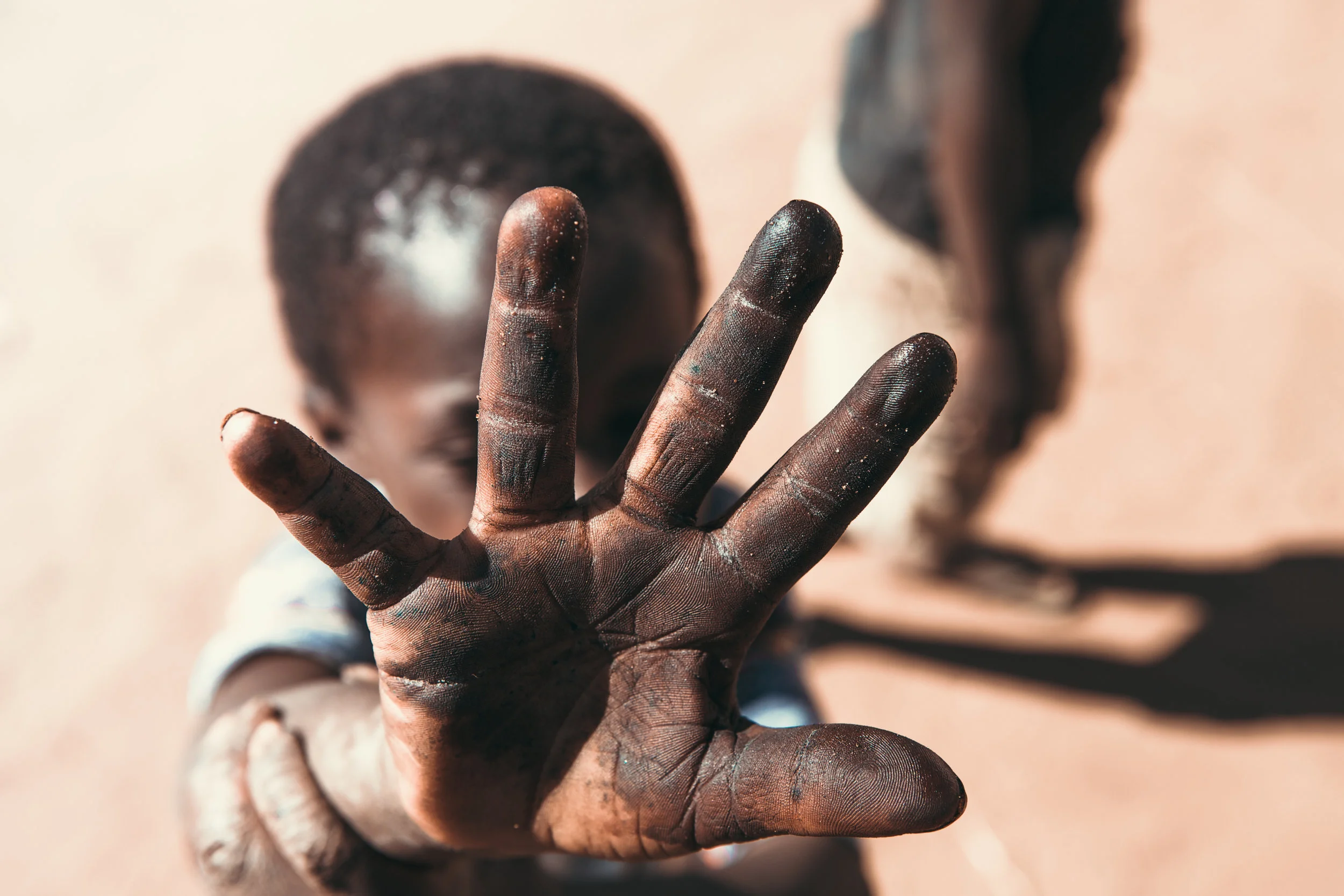Zambia, Zimbabwe & Malawi
These Southern African nations represent some of the best remaining opportunities to discover the essence, the spirit of Africa. In these lands of exceptional wildlife and dazzling scenery, one of the last great adventures of Africa – the walking safari – was pioneered.
One of the world’s most legendary rivers, the Zambezi, provides endless opportunities for exploration by canoe, boat or whitewater rafting. The river becomes the roaring waterfalls called Mosi-oa-Tunya, “Smoke that Thunders.” Named Victoria Falls by David Livingstone in 1855, this extraordinary wall of water is simply breathtaking as it crashes over cliffs and down into a deep gorges before traveling on into Zambia, Zimbabwe and Mozambique.
Two of Zambia’s finest national parks, South Luangwa and the Lower Zambezi, have abundant wildlife. But the star is still Kafue National Park, the oldest and largest of Zambia’s national parks. Wildlife includes Cape buffalo, crocodile, elephant, giraffe, hippo, hyena, impala, leopard, lion, warthog, waterbuck and zebra, as well as hundreds of species of birds. The park is regarded as one of the best places in Africa to encounter leopard. Zimbabwe has a growing international reputation for its national parks; the largest of which is Hwange, bordering Botswana. Mana Pools National Park, a UNESCO World Heritage Site, is one of the least developed national parks in Southern Africa.
It is a region of the lower Zambezi River in Zimbabwe where the flood plain turns into a broad expanse of lakes after each rainy season. As the lakes gradually dry up and disappear, many large animals migrate here in search of water, making this one of Africa’s most renowned game-viewing regions. Lake Kariba’s shoreline is home to large concentrations of buffalo, waterbuck, impala, zebra and elephant. The region also has been inhabited for thousands of years by migrating tribes of hunter-gatherer societies. Archaeological sites around the falls have yielded stone artifacts dating back three million years.
Malawi was also settled by migrating groups of Bantu around the 10th century. In 1891, the area was colonized by the British. Even though it is among the smallest countries in Africa, Malawi is blessed with a rich diversity of flora and fauna and has nine national parks or wildlife reserves; and it offers intensive and exclusive wildlife viewing in unspoiled areas of genuine wilderness. Lake Malawi encompasses about a third of the country, with long stretches of totally uninhabited golden sandy lakeshore. The lake is a real life aquarium, and is a year round spot to swim, scuba dive, snorkel, water ski, sail, kayak parasail or simply potter about in boats. The rich heritage of Southern Africa is reflected in its folk art and other cultural traditions. Accommodations range from luxurious lodges to secluded private tented safari camps. For those eager for a truly personal safari experience in a pristine environment, Southern Africa represents the ultimate African encounter.
From Big Five Tours







